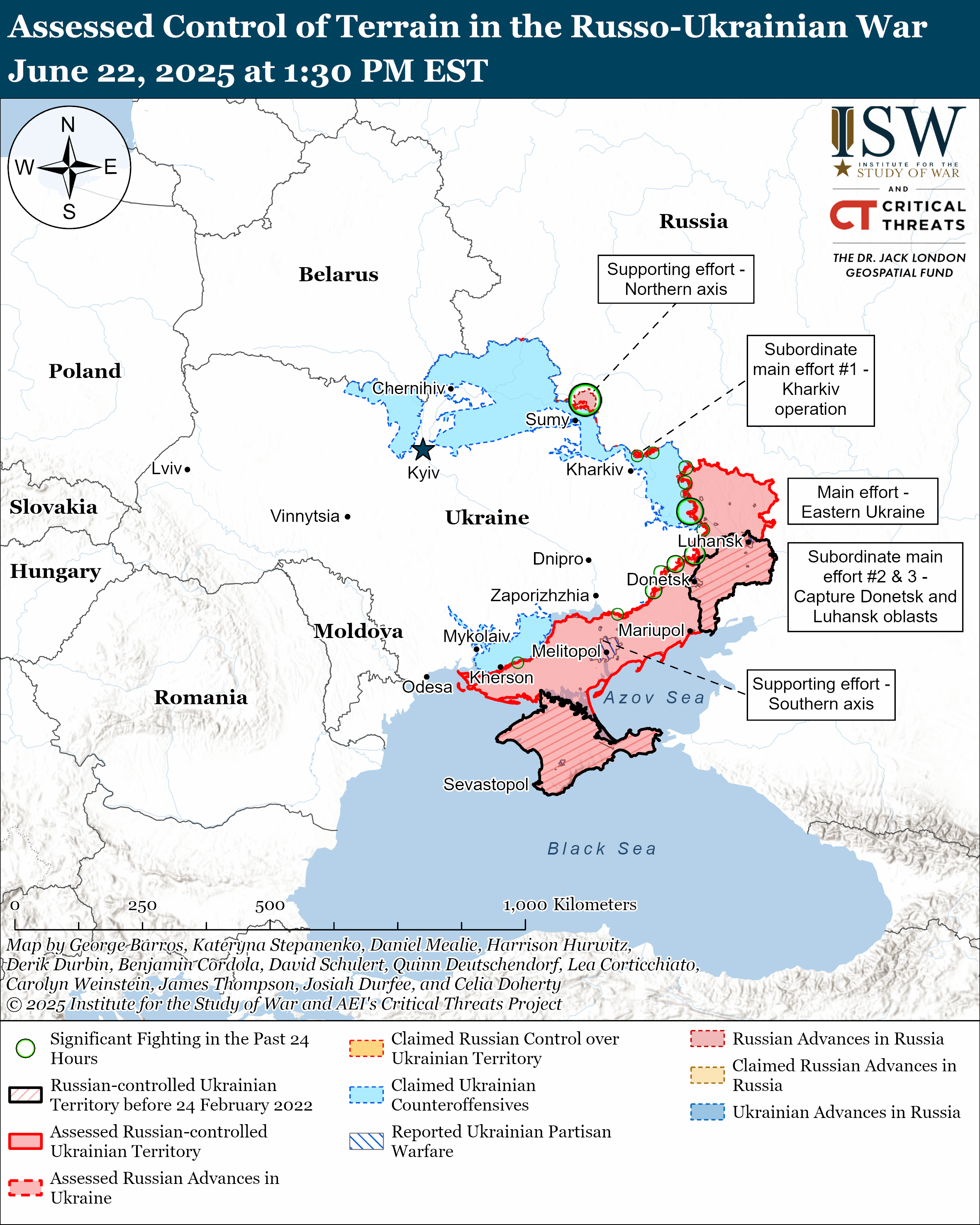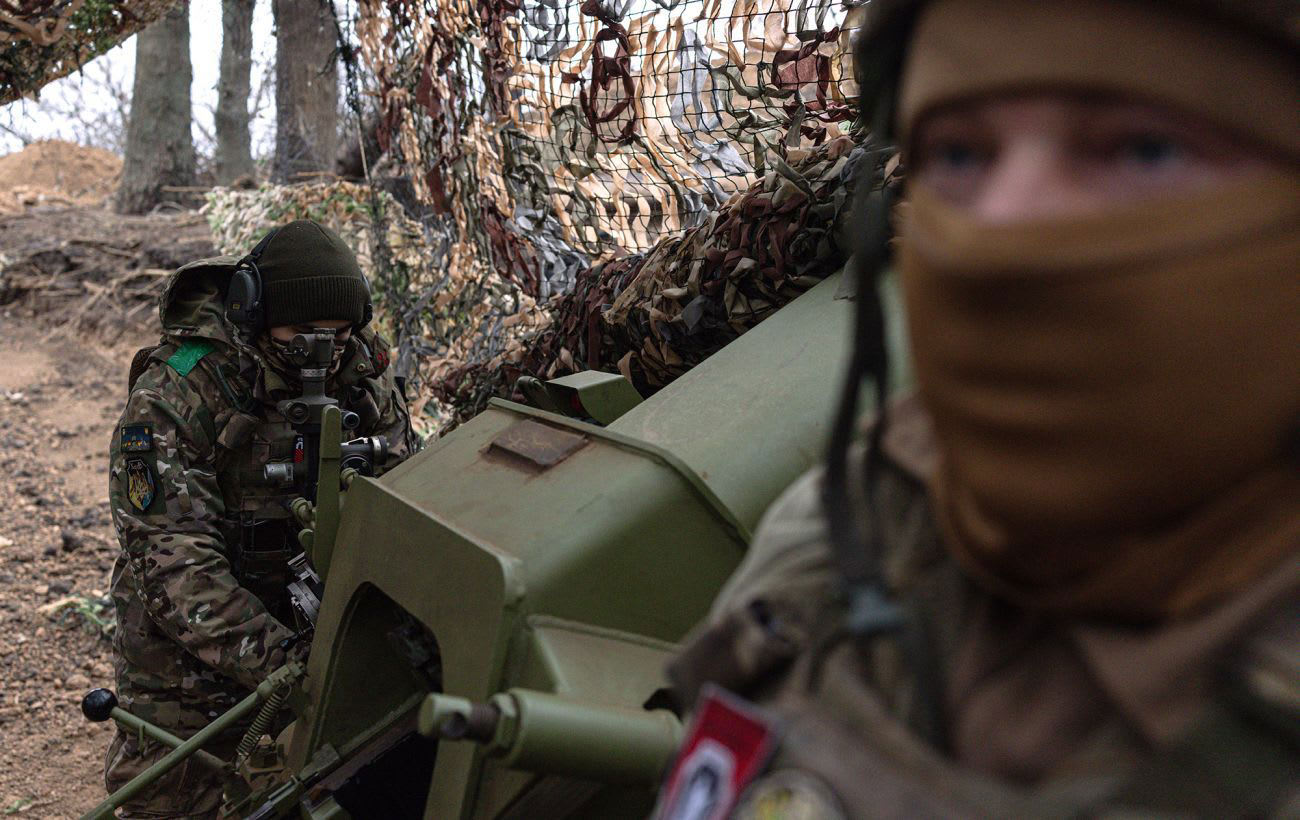In a significant escalation of hostilities, Russian forces launched a reinforced mechanized assault northeast of Siversk, employing a fleet of heavy armored vehicles in an attempt to seize control of the strategically important region. This latest offensive comes as Ukraine"s military continues to demonstrate resilience, successfully repelling the assault despite the overwhelming firepower deployed by Russian troops.
Background & Context
Since the onset of the conflict in Ukraine, Siversk has been a focal point of contention, with Russian forces consistently targeting the area since at least Summer 2024. The town"s geographical significance makes it a key objective in Russia"s broader military strategy, which aims to secure territorial gains in the Donetsk region. The recent assaults underscore the Kremlin"s unwavering commitment to its long-standing war aims, which have been characterized by an insistence on Ukraine"s full capitulation.
Key Developments
The Ukrainian brigade that successfully repelled the recent assault reported that Russian forces deployed an extensive array of military hardware, including six tanks, three armored personnel carriers (APCs), six MT-LB armored fighting vehicles (AFVs), an armored recovery vehicle, and a staggering 12 civilian vehicles, along with two buggies and 41 motorcycles. This marked a notable increase in the use of armored vehicles, reversing a trend observed since Winter 2024-2025 when such assets were less frequently utilized in tactical engagements.
Additionally, Ukrainian forces have claimed responsibility for the elimination of a Russian commander in the Velykyi Burluk direction, signaling a potential shift in momentum as both sides continue to engage in fierce combat across various fronts, including Siversk, Toretsk, and Novopavlivka, as well as in western Zaporizhia Oblast.

Image for Russian Forces Intensify Assault on Siversk with Heavy Armor, Urging Urgent Response from Ukraine
Broader Impact
The intensified assaults and the deployment of heavy armor highlight a critical juncture in the conflict, raising concerns among military analysts about the potential for increased casualties and further deterioration of humanitarian conditions in the region. The Kremlin"s actions reflect a broader strategy that appears to disregard diplomatic efforts, opting instead for military solutions to its objectives. The recent developments are indicative of a shift in the operational tempo of Russian forces, which may have implications for future engagements and the overall trajectory of the conflict.
As previously reported, the situation in Ukraine remains fluid, with ramifications extending beyond its borders. Countries in the region, including Romania, have heightened their security measures amid escalating threats, further complicating the geopolitical landscape. Romania"s Interior Minister recently declared an "undeclared war" on Russia in response to cyber threats, demonstrating the interconnected nature of regional security dynamics.
What"s Next
Looking ahead, the situation in Siversk and surrounding areas remains precarious. Ukrainian military officials are likely to reassess their defensive strategies in light of the latest Russian offensive, particularly regarding the deployment of armored units and the coordination of ground forces. Moreover, the international community will be closely monitoring the developments, as any shifts in the balance of power could prompt further military support for Ukraine from Western allies.
As the conflict continues to evolve, ongoing assessments of military capabilities, strategic objectives, and the humanitarian situation will be crucial in shaping responses from both Ukraine and its allies. The implications of Russia"s military actions will undoubtedly reverberate throughout the region, necessitating a vigilant and adaptive approach to the unfolding crisis.

Image for Russian Forces Intensify Assault on Siversk with Heavy Armor, Urging Urgent Response from Ukraine







